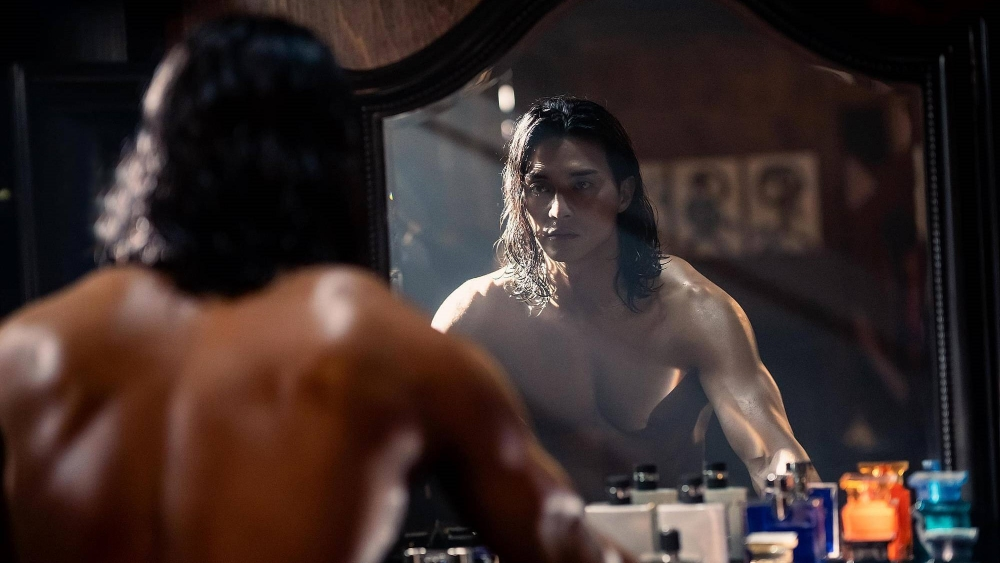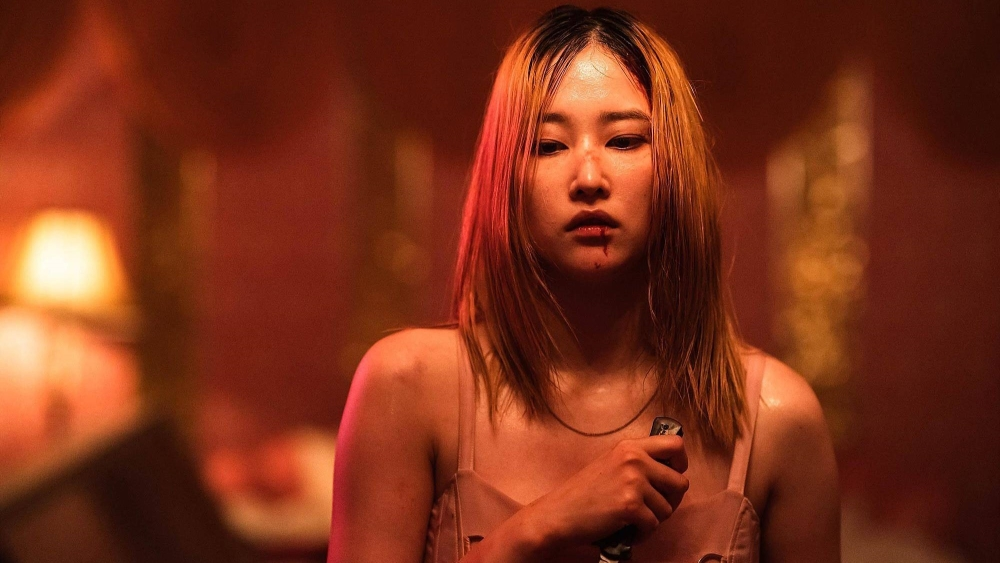A merciless former bodyguard, for UHNW individuals, lets nothing stop her as she sets out to avenge her best friend’s death.
While the film’s concept is nothing novel, it’s not supposed to be. However, the lack of novelty in the concept encourages audience engagement with the set, sound design, and fashion, all of which flip the film from basic to extraordinary.
The music and set in this film act as characters of their own. It would be remiss not to notice the striking colors each shot embraces, often highlighting features and flaws of our main characters. Every set piece is intentional, and even in the messiest of fight scenes, everything down to the debris is carefully curated. As actor Kim Ji-Hoon (Choi) commented in an interview, the film itself is like one long music video. The narrative is compelling, but the soundtrack is what makes it addicting, and like a smooth vinyl record, it’s hard to press pause.

Streaming Platform: Netflix
Genre: Action
Vibe: Gritty; Aesthetic; Sex trafficking; Female John Wick; Hot Villain
- As he was writing the script, director Lee Chung Hyun knew he wanted someone sexy with long hair to portray Choi, the villain. Upon seeing Kim Ji-Hoon’s Instagram post, which reminded Lee of scenes from the 2000 film ‘In the Mood for Love’, Lee was inspired to cast Kim as Choi.
- Ballerina is GRAY’s debut as a music director for feature films. He was specifically hired for this role, as Lee wanted someone who had a pulse on current trends.
- GRAY saw Okju, the titular character, as a ballerina in her own right, with the narrative flow serving as a ballet recital stage. He saw the fight scene between Okju and Choi as synonymous with a male and female duet in ballet. The music in this scene is roughly 5-7 minutes long, and is composed of 3-4 songs.
- Kim Min Hye, the art director, took inspiration from virtual spaces as opposed to real images, as Lee encouraged her to build spaces that fit the narrative, rather than those that were endemic to Korea.
- Each character’s homes reflect the characters themselves. Okju’s house is filled with plants but few appliances, providing conflicting feelings of warmth and loneliness. Minhee’s house is filled with glass items, to reflect her glamorous but fragile nature. Choi’s house has showy furniture and random art to showcase his vanity.
- For the third and final climax scene, GRAY had actress Jeon Jong Seo rap, so as to represent Okju’s raw emotions in the scene.
- The final set was designed to reflect that of a ballet stage. In contrast to most of the film, the most prominent color is white, to mimic a ballet recital.


